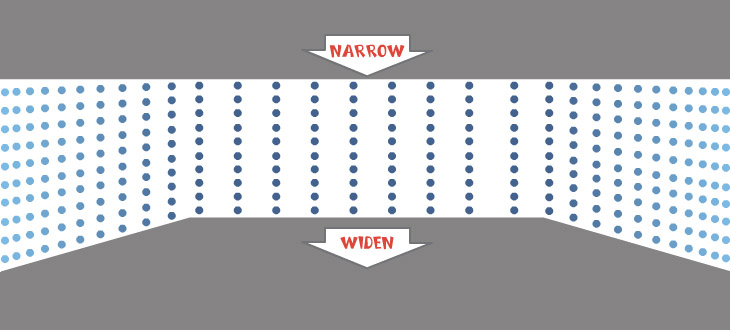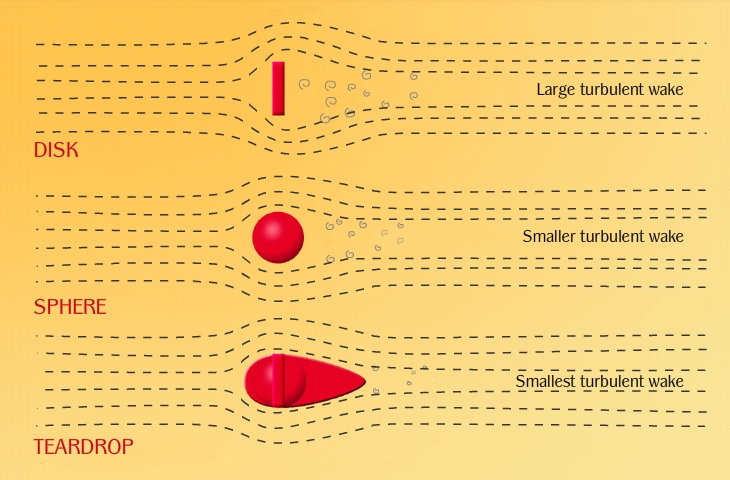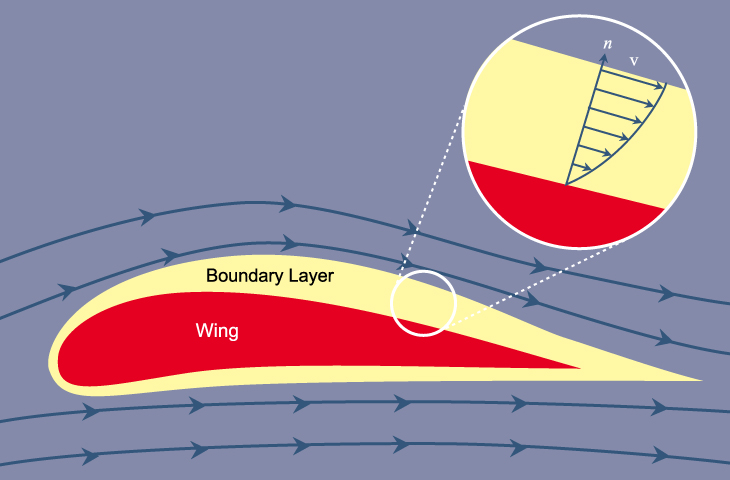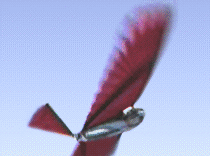1 SOLAR ENERGY:
WHAT IS SOLAR ENERGY?
Electricity can be produced directly from photo voltaic, P V, cells. (Photo voltaic literally means “light” and “electric.”) These cells are made from materials which exhibit the “photo voltaic effect” i.e. when sunshine hits the PV cell, the photons of light excite the electrons in the cell and cause them to flow, generating electricity.
In use, solar energy produces no emissions. One megawatt hour of solar electricity offsets about 0.75 to 1 tonne of CO2.
2 LAW OF ENERGY:
''Energy can neither be created nor be destroyed but it can change from one from to another form''
solar energy
4 HOW SOLAR PANEL WORKS
Storing solar energy: how solar batteries work

The popularity of solar power has led to the rise of another renewable technology: solar batteries that can store extra solar power for later use. Companies like Tesla are developing batteries that can be installed with solar panels to create “solar-plus-storage” systems for your home. Read on to learn more about residential solar batteries, and find out if you should consider installing a solar-plus-storage system for your home.

Solar plus storage: Solar batteries for home explained
To appreciate why you might choose to install a solar-plus-storage system for your home, you first need to understand how a standard home solar PV system functions.The typical SOLAR ENREGY SYSTEM includes solar panels, an inverter, equipment to mount the panels on your roof, and a performance monitoring system that tracks electricity production. The solar panels collect energy from the sun and turn it into electricity, which is passed through the inverter and converted into a form that you can use to power your home.
The vast majority of residential solar energy systems are connected to the electricity grid (or “grid-tied”). When your panels are producing more electricity than your home needs, the excess is fed back into the power grid. Conversely, when your home needs more electricity than your solar panels are producing, you can draw power from the electric grid.
In most cases, you receive a credit on your utility bill for the electricity you send back to the grid. Later, when you are using more electricity than your solar panels have generated, you can use those credits instead of having to pay more to your utility.
How do solar panels charge batteries?
Solar batteries work by converting the AC energy being produced by your solar panels and storing it as DC power for later use. In some cases, solar batteries have their own inverter and offer integrated energy conversion. The higher your battery's capacity, the larger the solar system it can charge.When you install a solar battery as part of your solar panel system, you are able to store excess solar electricity at your home instead of sending it back to the grid. If your solar panels are producing more electricity than you need, the excess energy goes towards charging the battery. Later, when your solar panels aren’t producing electricity, you can draw down the energy you stored earlier in your battery for night use. You’ll only send electricity back to the grid when your battery is fully charged, and you’ll only draw electricity from the grid when your battery is depleted.
What this means in practical terms is
that homes with solar-plus-storage can store excess solar power onsite
for use later when the sun isn’t shining. As a bonus, since solar
batteries store energy at your home, they also offer short-term backup
power in the event that there’s a power outage in your area.
Home energy storage can be useful even without solar
While batteries are typically paired with home solar energy systems,
they can also be useful to homeowners without solar panels. Small-scale
energy storage, the technology used in solar-plus-storage systems, can
also be charged with electricity from the grid to provide backup power
without the use of a diesel-powered backup generator.Should you install a solar battery at your home?
Whether you can save money by installing a solar battery depends on the way that your utility compensates you for your solar power. Most utilities offer full net metering, which means that you receive a credit on your electric bill for every kilowatt-hour of electricity your solar panels produce (even if you don’t use them immediately). This means that you won’t see additional savings on your monthly electricity bill if you install a solar battery.HOW SOLAR CELL WORKS?
Silicon is what is known as a semi-conductor, meaning that it shares some of the properties of metals and some of those of an electrical insulator, making it a key ingredient in solar cells. Let’s take a closer look at what happens when the sun shines onto a solar cell.
Sunlight is composed of miniscule particles called photons, which radiate from the sun. As these hit the silicon atoms of the solar cell, they transfer their energy to loose electrons, knocking them clean off the atoms. The photons could be compared to the white ball in a game of pool, which passes on its energy to the coloured balls it strikes.
Freeing up electrons is however only half the work of a solar cell: it then needs to herd these stray electrons into an electric current. This involves creating an electrical imbalance within the cell, which acts a bit like a slope down which the electrons will flow in the same direction.
Creating this imbalance is made possible by the internal organisation of silicon. Silicon atoms are arranged together in a tightly bound structure. By squeezing small quantities of other elements into this structure, two different types of silicon are created: n-type, which has spare electrons, and p-type, which is missing electrons, leaving ‘holes’ in their place.
When these two materials are placed side by side inside a solar cell, the n-type silicon’s spare electrons jump over to fill the gaps in the p-type silicon. This means that the n-type silicon becomes positively charged, and the p-type silicon is negatively charged, creating an electric field across the cell. Because silicon is a semi-conductor, it can act like an insulator, maintaining this imbalance.









































